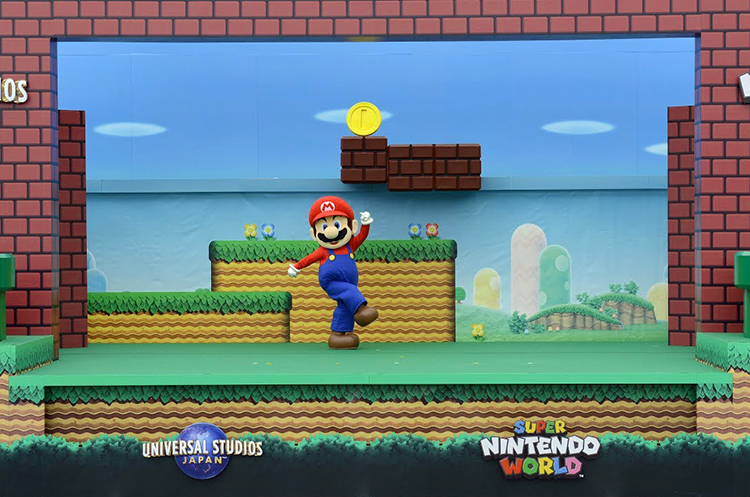
That's understandable, given the limited inputs Nintendo has available to it on mobile platforms, but for a company that has made its share of incredible one-button games, it's a little disappointing.
:no_upscale()/cdn.vox-cdn.com/uploads/chorus_asset/file/3826880/2364824-snes_supermariokart.0.jpg)
Super Mario Run's simplified control scheme generally works well, but after three decades of Mario's evolution, the experience often feels compromised by the lack of power-ups and precise control I've grown used to. Mario runs automatically from left to right, and players simply tap to jump - a move that allows Mario to stomp enemies, smash blocks and collect coins.

Nintendo has made an admirable attempt at translating the gamepad controls of side-scrolling Mario games to taps on a touchscreen with Super Mario Run. we now know what a Mario game plays like when designed for someone else's hardware And Super Mario Run, the game bringing the franchise to non-Nintendo hardware for the first time in decades, only makes me appreciate Nintendo's usual approach to hardware and software design all the more. The platforms in question are Apple's iPhone and iPad.

From the revolutionary Super Mario 64 to the beautifully refined Super Mario Galaxy games, Mario has blazed the trail for Nintendo, helping us to better understand why Nintendo sometimes zigged when other video game makers zagged.Īs of today, we now know what a Mario game plays like when designed by Nintendo for someone else's hardware platforms. Super Mario Run brings Nintendo's star character to his biggest audience yet, but it may not be the perfect introduction players hoped for.Īcross dozens of games, Mario has long demonstrated the incredible things that Nintendo's consoles, controllers and software, when designed in concert, are capable of.


 0 kommentar(er)
0 kommentar(er)
